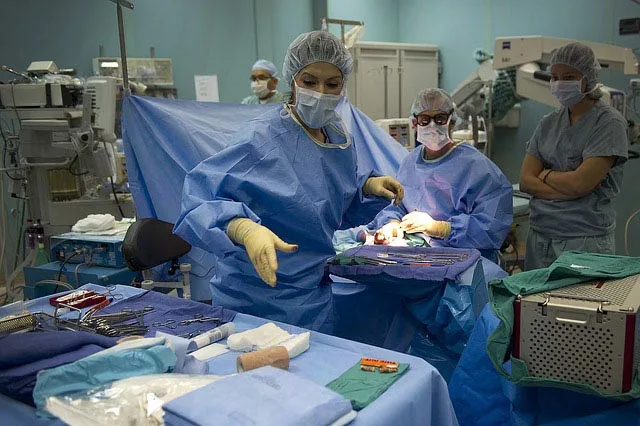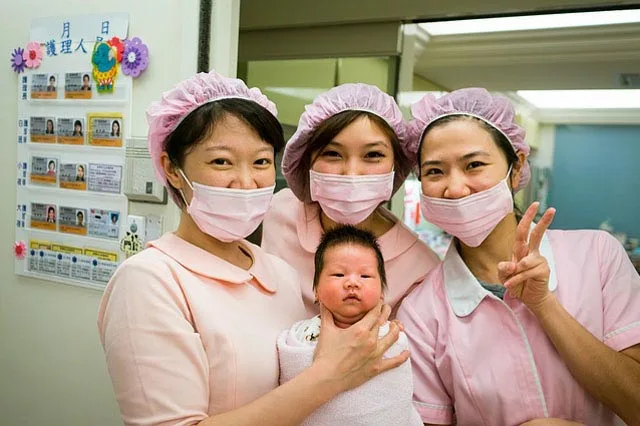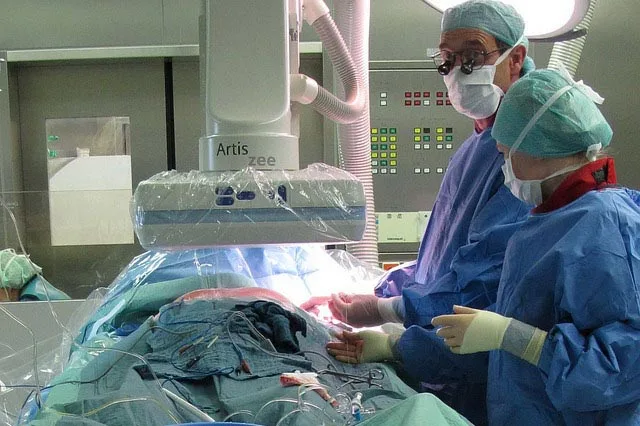If you underwent an IVF treatment where embryos were placed in the uterus after 2 or 3 days of fertilisation, and it was not successful, blastocyst culturing may offer a higher chance of success.
A fertilised egg becomes a ball of cells after 5-6 days and is known as a blastocyst. The cells in the blastocyst keep dividing and form layers - inner and outer layers. The blastocyst should implant in the person’s inner lining of the uterine wall (endometrium) for the pregnancy to occur. Here it keeps dividing and forming new layers of cells, finally developing into a foetus.
The blastocyst develops into an embryo in 10-13 days after fertilisation. The embryo morphs into a foetus in about nine weeks after implantation.
Usually, the embryo is placed on 3 rd or 4 th day during an IVF treatment. However, your doctor may suggest implanting the embryo into the uterus when it has developed into a blastocyst to increase the chances of pregnancy: your doctor would know whether the embryos are surviving beyond 3 days or not. The embryos that develop beyond 2 or 3 days have higher chances of causing a pregnancy. Culturing blastocysts ensures embryos survive to become blastocysts.
If multiple IVF cycles have not worked for you, contact your IVF centre in Varanasi to know more about how we can help you.





